You can enhance the comfort and beauty of your apartment with small plants for balcony. With the collection of best small plants for balcony mentioned in this article, any space can be made more inviting.
Also, hummingbirds and butterflies love window boxes with flowers. Moreover, you have a lot of choices for edible vegetables and herbs.
But first, some planting advice to remember: Before making a purchase, take note of how much sunlight your balcony receives throughout the day. 6 hours or more of direct sunshine are considered full sun, whereas 2 hours is considered part sun.
Some balconies might even be completely shaded. You may choose the ideal plants based on whether they favour sun or shade from a plant’s label or description. Make sure to frequently water your plants if your balcony is covered.
Below I have gathered 10 small balcony plants that will inspire you to join the gardening revolution!
Best Small Plants for Balcony
1. Fuchsia

These gorgeous annuals come in pink, red, and purple hues. They are best displayed in window boxes and hanging baskets. Hummingbirds and butterflies love them. Fuchsia requires complete shade.
2. Lavender

Lavender in pots is a must for sunny balconies! These perennials have a beautiful scent that will take you to the Mediterranean and bloom for a very long time. Lavender needs direct sunlight.
3. Caladium
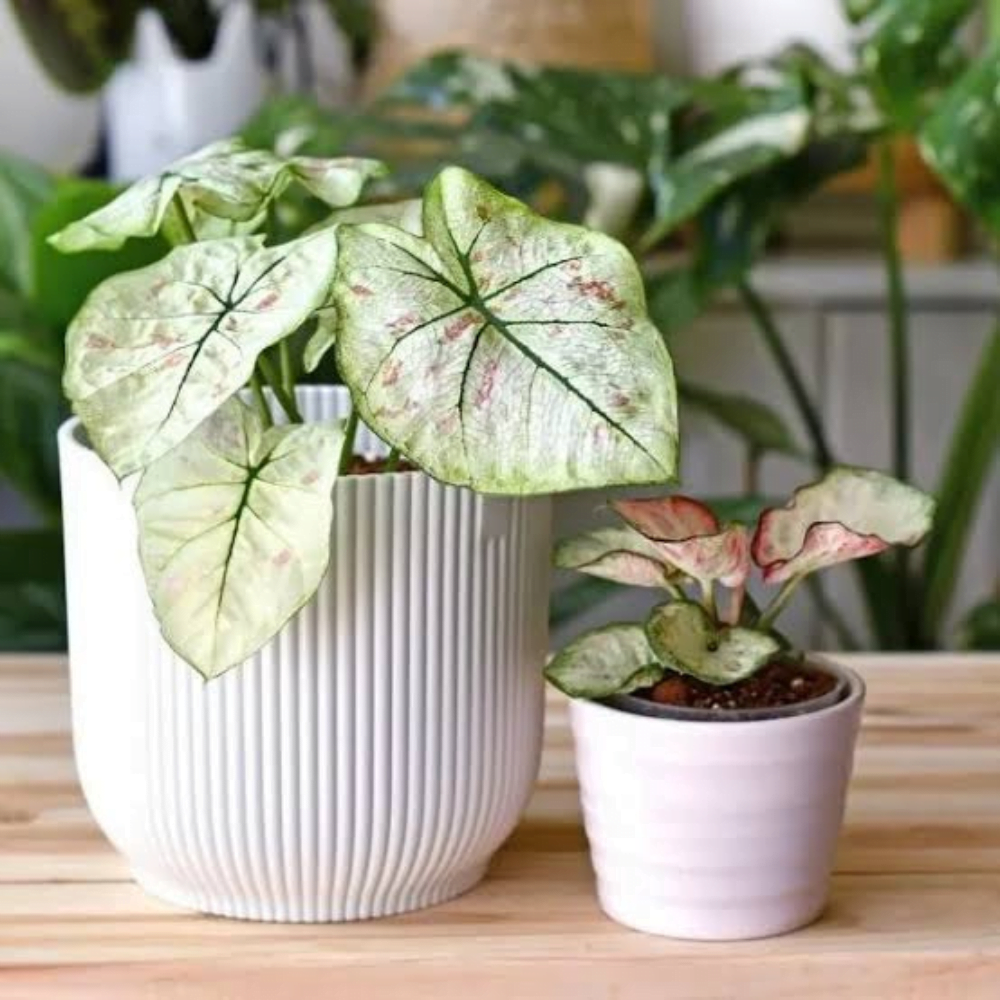
The caladium is planted for its heart-shaped leaves and lime green, hot pink, and red patterns. The Caladium can grow between 10-24 inches tall in the right pot. So, make sure you check the label before purchasing. It requires partial shade.
4. Sweet Alyssum

You’re missing out if you’ve never planted this adorable annual. Sweet alyssum blooms from spring till frost and features little, sweet-smelling flowers. In addition, pollinators adore it. It can tolerate light shade but needs the sun.
5. Lobelia

Baskets and containers look stunning with low-growing lobelia in blue, purple, or white. Prior to the night-time temperatures being too warm, it blossoms best. Although lobelia may survive in shade, it prefers morning light and afternoon shade.
6. Hibiscus
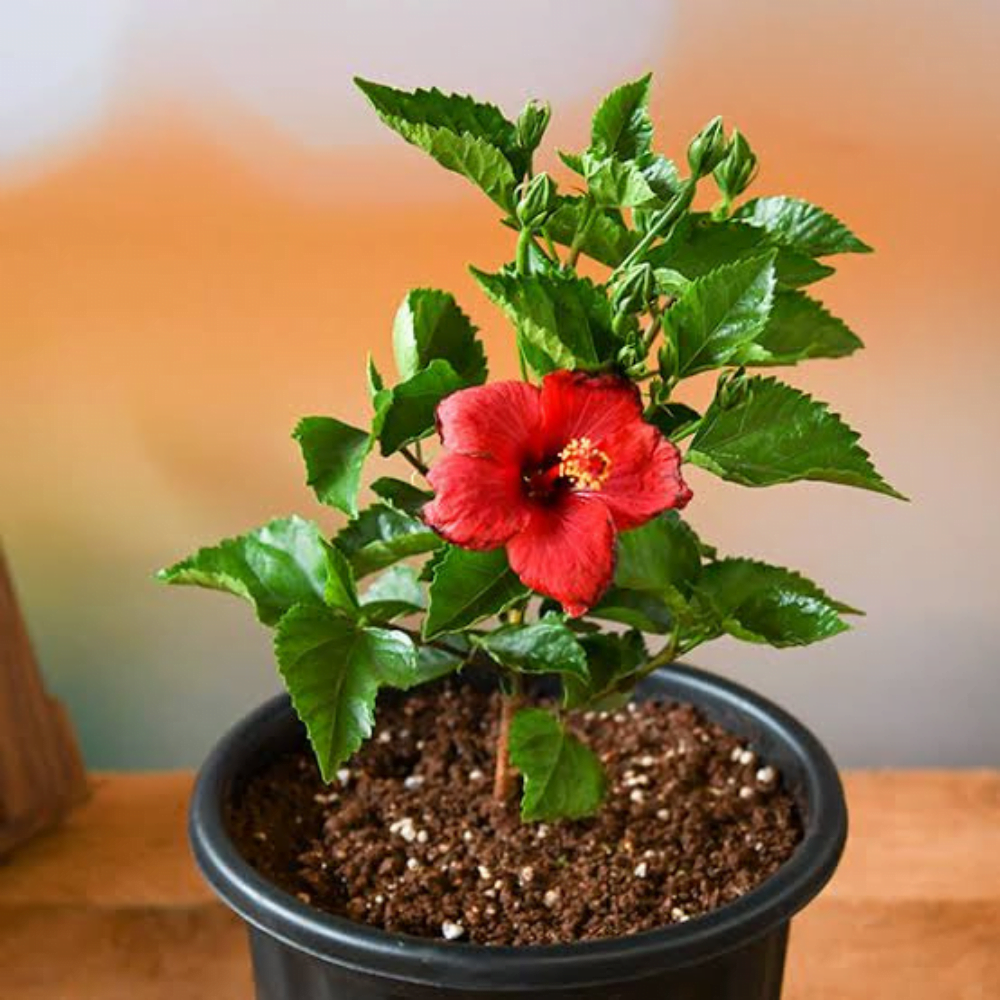
Need a vacation in the tropics? Bright colours and unique blooms make hibiscus flowers an unusual addition to a balcony garden. It can be challenging to overwinter indoors since they require full sun.
7. Rose
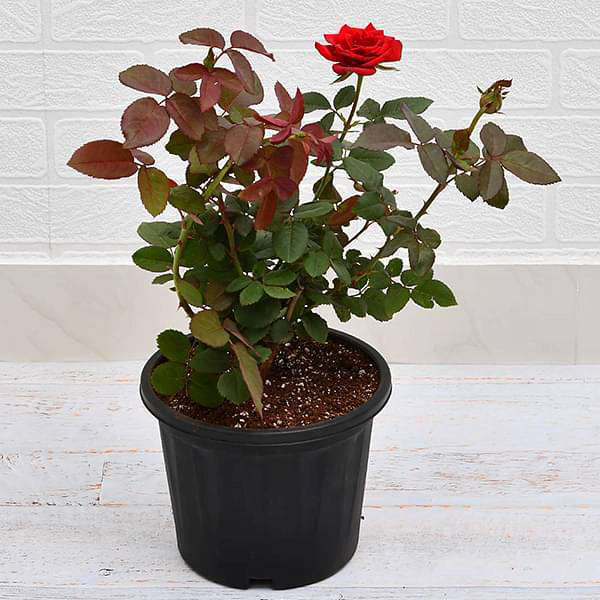
Contrary to popular belief, growing roses is simple. Choose a rose that will do well in pots, such as a tiny variety or a shrub rose. For optimal blooms, make sure it receives at least 6 hours of sunlight.
8. Hydrangea
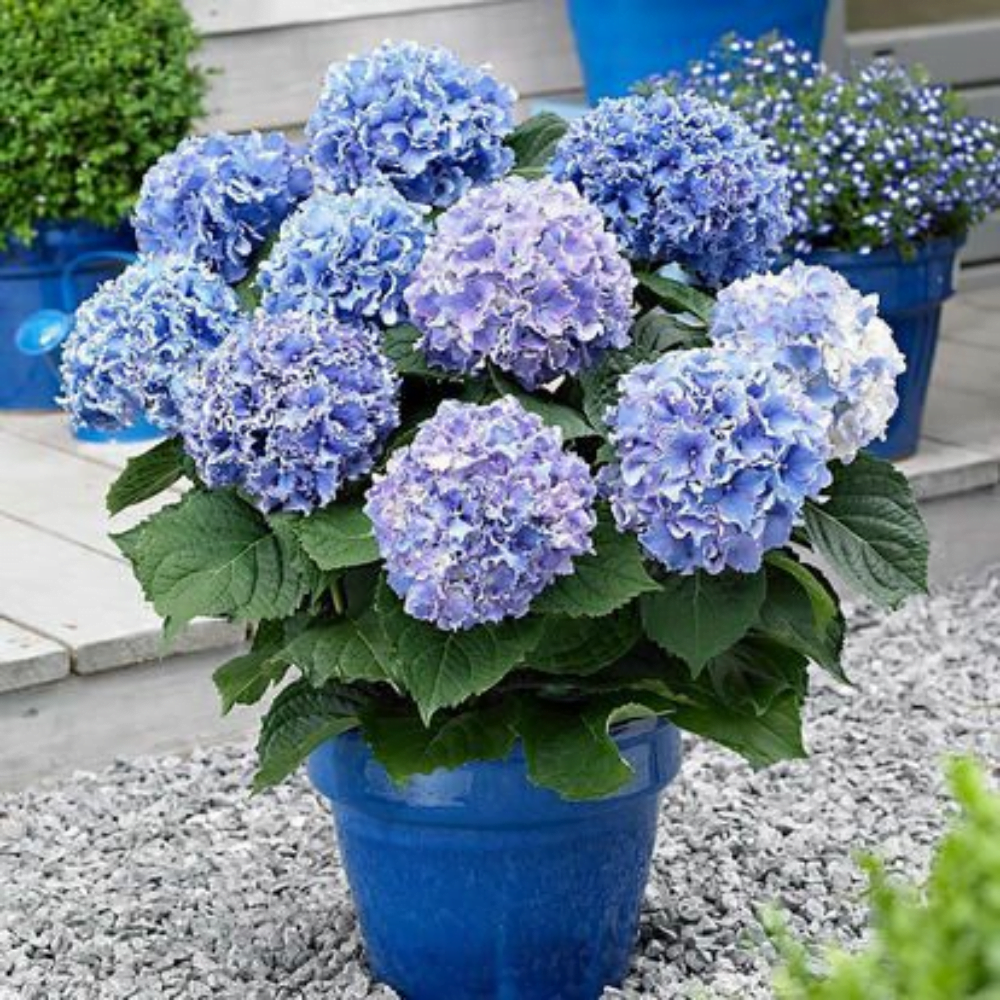
You may certainly cultivate these gorgeous bushes in pots on your balcony. Look for dwarf varieties in a large pot made of a material that won’t freeze and crack.Hydrangeas require partial shade and sun.
9. Lettuce
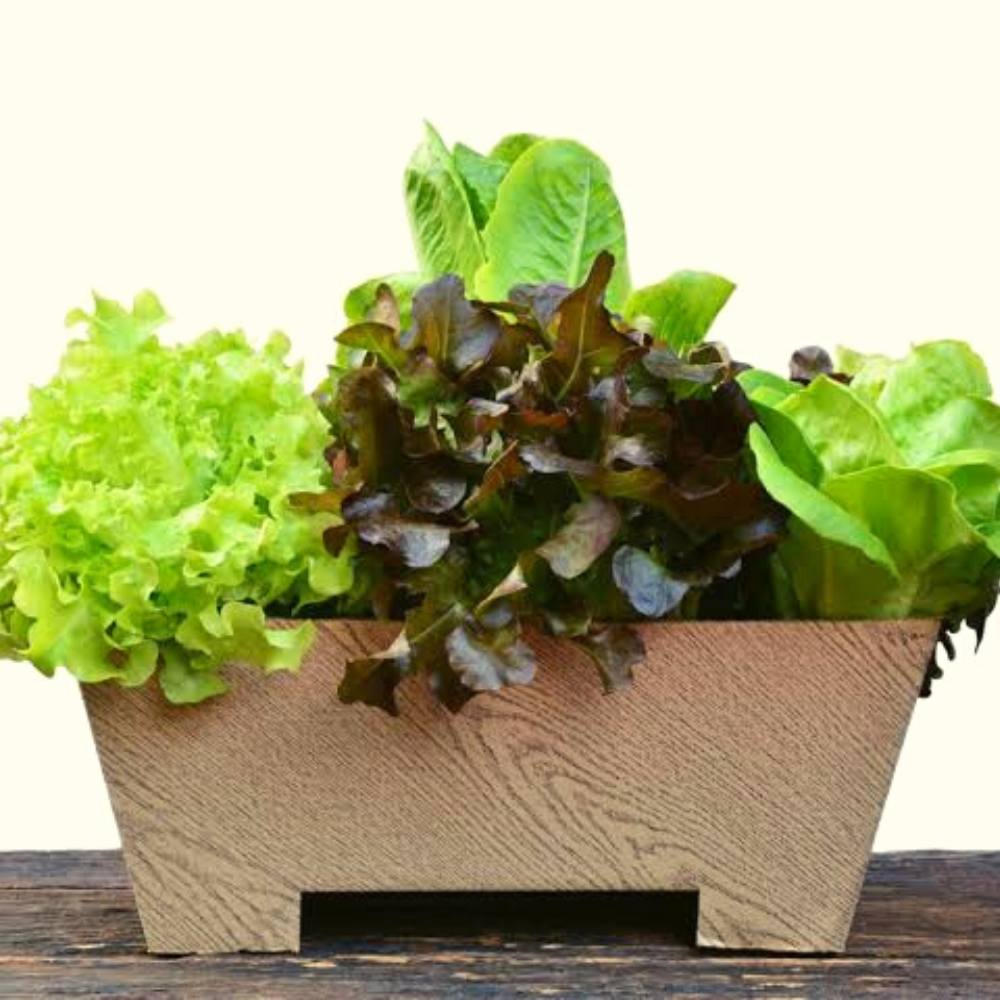
Yes! Lettuce! Grow some fresh mesclun on your balcony in the sun. There are many different varieties; they’re simple to grow, and you only need one or two window boxes (their roots are shallow).
10. Areca Palm
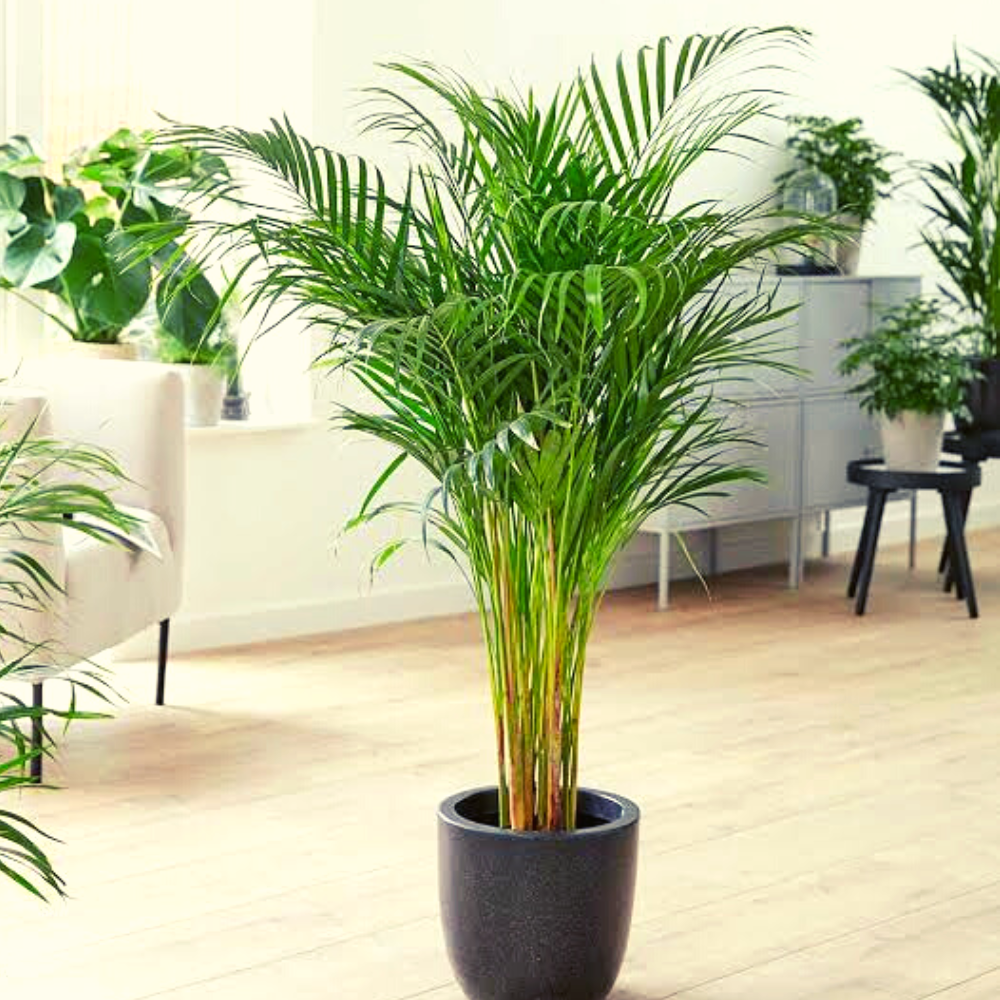
One of the simplest palms to maintain on your balcony is the Dypsis lutescens, often known as. Due to its evergreen foliage and clumps of yellow-green leaves, it is also known as the yellow butterfly palm.
To keep these small balcony plants thriving, let us understand them in more detail below
1. Fuchsia
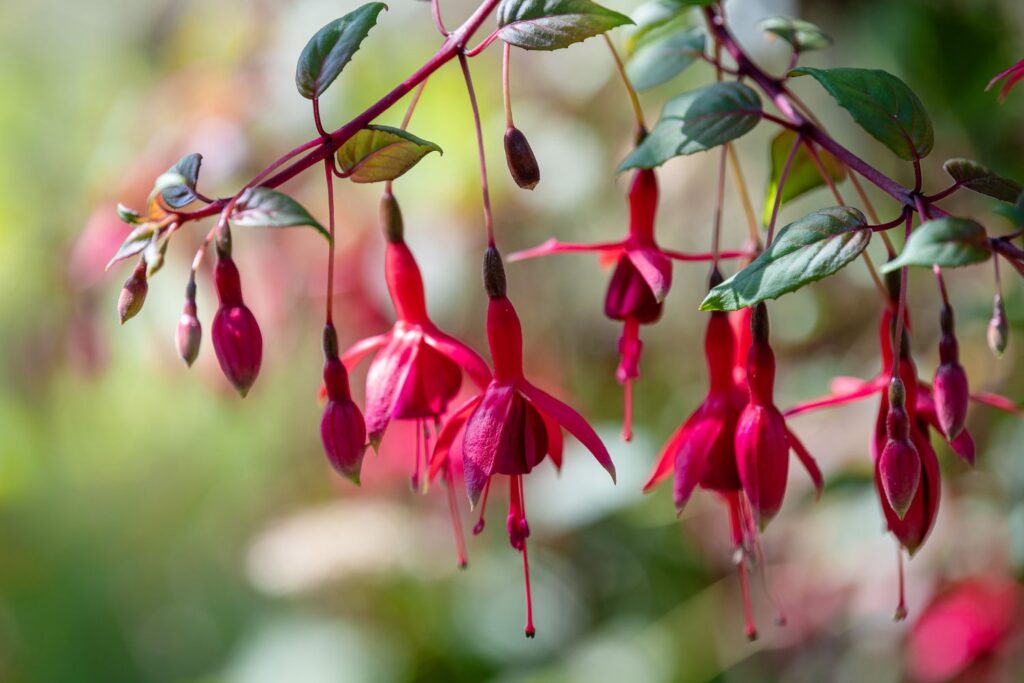
Fuchsias are low-maintenance plants. From white to purple to all shades of pink, they produce stunning bell-shaped flowers.
The Fuchsia is a great option if you need small flowering plant for balcony or terrace. The best time to plant them is in the spring.
As fuchsia is prone to root rot, avoid overwatering. Early in the morning or late in the afternoon is the best time to water them.
It’s also important to keep them out of direct sunlight, as it can damage their fragile blossoms. In late autumn and early spring, you can prune this plant.
2. Lavender

Any balcony garden would benefit greatly from the addition of lavender. It requires little upkeep, has a wonderful scent, and draws various pollinators.
Lavender loves full sun. They are best grown in pots with minimum diameter of 16 inches. To grow them well, use chalky, sandy or loamy soil with 0 pH. Also, the best time to grow them is in winter or spring.
In summer, water it once a week instead of every few weeks. Avoid nitrogen-rich fertiliser; choose a high-potash blend instead. For complete growth, use it once every month while the plant is growing.
Cut back English lavender once it has flowered. Take out any dead blooms and up to an inch of the growth from this year.
After the initial flush of flowers or in the middle of April, French lavender should be clipped. Try not to use a lot of old wood on lavender, as it can kill it.
3. Caladium

This beautiful plant is ideal for indoors, balconies, or outdoor gardens. This low light plant does best in warm areas, making tropical gardens an excellent place for it.
The plant is also known by the popular names angel’s wings and white vein arrow leaf. Although barely fragrant, the plant’s blossoms are not particularly eye-catching.
Caladium plants typically prefer locations that are partly shaded or have indirect light. Also, avoid direct sunlight as it can burn the leaves or hasten the plant’s death.
Moreover, Caladium dislike excessive watering and a lack of moisture. The condition begins with drooping leaves that lead to the plant drying out.
In good growth conditions, the plant produces many saplings. When a plant grows out of its container, you can repot it.
4. Sweet Alyssum

These flowering plants offer a soothing combination of lavender and white that will refresh your senses. The delicate and sweet scent of sweet alyssum will make your balcony smell amazing all day.
To keep them blooming, plant them in hanging baskets and provide them with regular watering. Also, keeping these flowering plants in the sun brings out their best qualities.
Don’t be fooled by Alyssum’s delicate appearance. The Alyssum plant can tolerate dry soil and prefers partial to full sunlight.
For best results, they need well-drained, composted soil, moderate watering, and nitrogen-free soil. In this case, you may see softer foliage and fewer flowers than usual.
In terms of flowering, growing alyssum is rewarding. You can expect blossoms within 2 months of planting.
To extend your alyssum’s flowering time, make sure to deadhead wasted blooms. Alyssum will bloom for two deadheadings, providing springtime colour splashes throughout your yard.
5. Lobelia

Lobelia trailing through the garden can bloom for months and produce a profusion of tiny flowers.
In terms of growth pattern, trailing lobelia is extremely compact and dense. It is typically grown as an annual in upright and hanging varieties.
Those growing upright can reach a height of 5.90 to 13.77 inches, while those hanging can reach 3.28 feet.
Make sure trailing lobelia are consistently moist. When growing in pots, never let the soil dry out completely. To prevent waterlogging, put expanded clay at the bottom of the planting pot.
6. Hibiscus
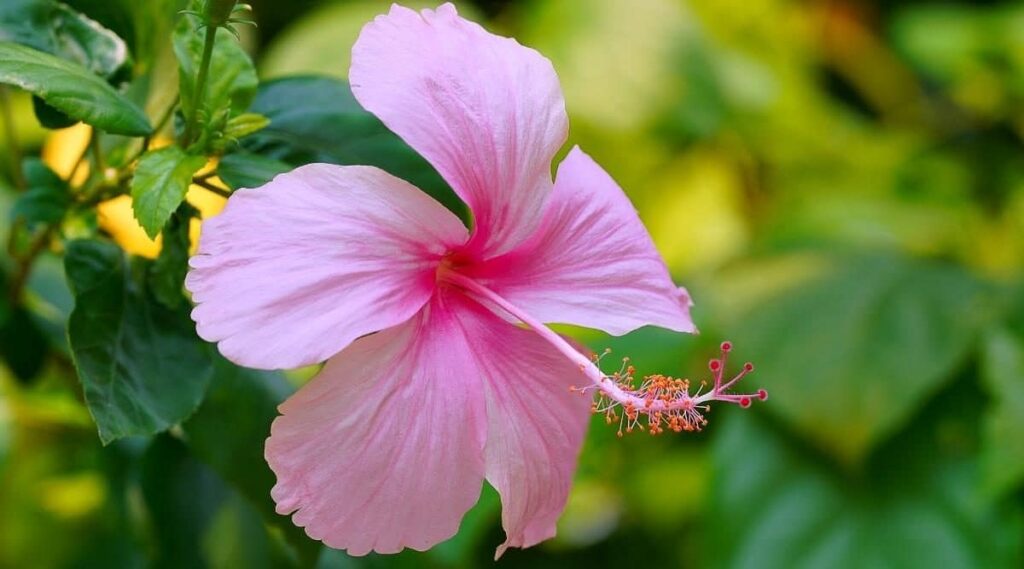
Hibiscus make good small balcony plants because of their large, eye-catching blossoms.
A lack of light is one of the biggest causes of hibiscus plants not blooming. When it gets enough sun, it sets buds and can tolerate freezing conditions. Put the plant by a window that faces south or southwest as it needs 5 to 6 hours of sunlight a day.
At the blossoming stage, hibiscus needs a lot of moisture. Water it regularly in summer, but drain it well because the plant hates damp soil. Moreover, winter soil should not be watered again until it has entirely dried up.
7. Rose
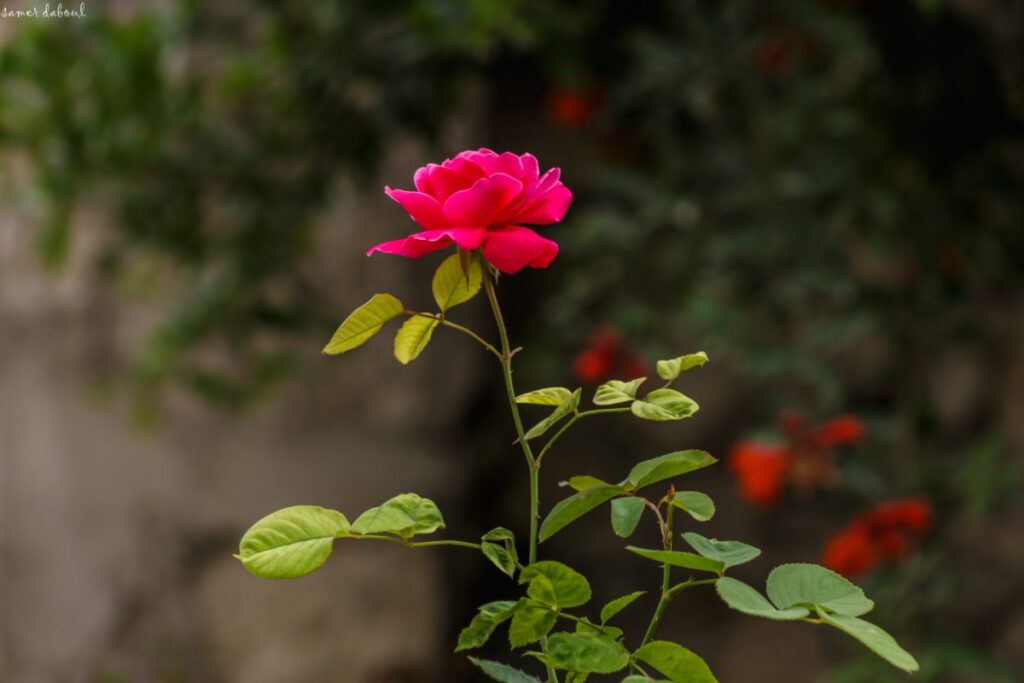
You don’t have to give up on roses just because you have a small balcony. If you have enough sunlight , you can grow roses as your small plants for balcony.
However, avoid climbers and large shrub roses that could exceed their pots, as well as aged roses. Old roses have a tendency to sprawl, and climbers need support.
Roses enjoy lots of space to expand, so choose the bigger pot you like! Ideally, pot should be at least 14–16″ in diameter and 18–20″ deep.
A rose pot needs drainage holes, just like any other potted plant. Water can pass through drainage holes and through the soil by passing through the holes.
Without drainage holes, a pot’s bottom might accumulate water, which can drown plants and cause root rot that may become permanent.
8. Hydrangea

A fascinating small plants for balcony is a hydrangea as you can easily change the colour of the petals! Some smaller types look lovely in pots and are a wonderful complement to a balcony.
The Hydrangea prefers partial or full shade. Use well-draining soil for Hydrangea. Winter and spring are the best time to grow them on your balcony.
By changing the pH of the soil, you can alter the colour of hydrangea blossoms. Pink denotes alkaline soil, while blue denotes acidic soil.
9. Lettuce
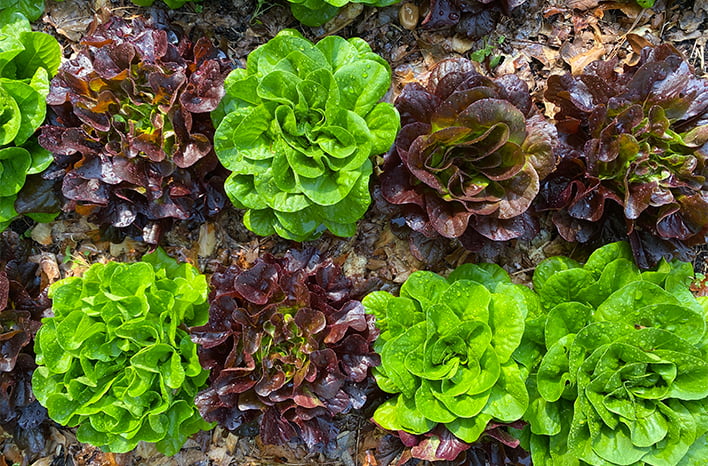
There are different types of Lactuca sativa that make up the lettuce in your salad dish. Since its roots do not need to go deep, this leafy vegetable grows well in plant pots and is tasty as well as easy to grow.
Lettuce needs full sun (6 or more hours of sun). Make sure lettuce soil is moist at all times by watering it.
Temperature between 60 and 65 degrees, is ideal for growing lettuce. If the temperature reaches 75 and 80 degrees, lettuce will attempt to flower and produce seeds, which is bad if you want to harvest your lettuce. For optimal results, grow this plant in the cooler months.
10. Areca Palm

India is very accustomed to the decorative indoor plant known as the areca palm (Dypsis lutescens). Cat palms (Chamaedorea cataractarum), lady palms (Rhapis excelsa), bamboo palms (Chamaedorea seifrizii) and others grow on partially shaded and fully shaded balconies of Indian apartments.
To support the plant’s height, these slow growers can be planted in medium to big pots. If planted in a row in long planters, palm trees make excellent privacy screens.
For houseplant palms to thrive at their optimum, indirect sunshine is sufficient throughout the day. It is best to plant in fertile, well-drained soil.
When the soil appears dry, water the plants and cut the leaves if they turn brown.
Conclusion
Small plants for balcony can enhance the comfort and beauty of your balcony. With the variety of balcony plants mentioned above, you can transform any space into an inviting oasis.
The article also provides valuable advice on how to select plants based on the amount of sunlight your balcony receives and how to care for them.
It is important to note that some of these plants require partial or complete shade, while others need direct sunlight. So, make sure to choose the right plant for your balcony.
Let us know what you think about small plants for balcony in the comment section below.
Related Articles
- 10 Best Indoor Plants for Dark Rooms

- 10 Best Liquid Fertilizer for Indoor Plants

- 10 Best Plants for Restaurants That Will Enhance Your Restaurant’s Atmosphere

- 10 Best Small Plants for Balcony in India

- 10 Best Soil for Indoor Plants 2023 | Potting Soil For Indoor Plants No Bugs

- 10 Cute Indoor Plants for Room and Office








